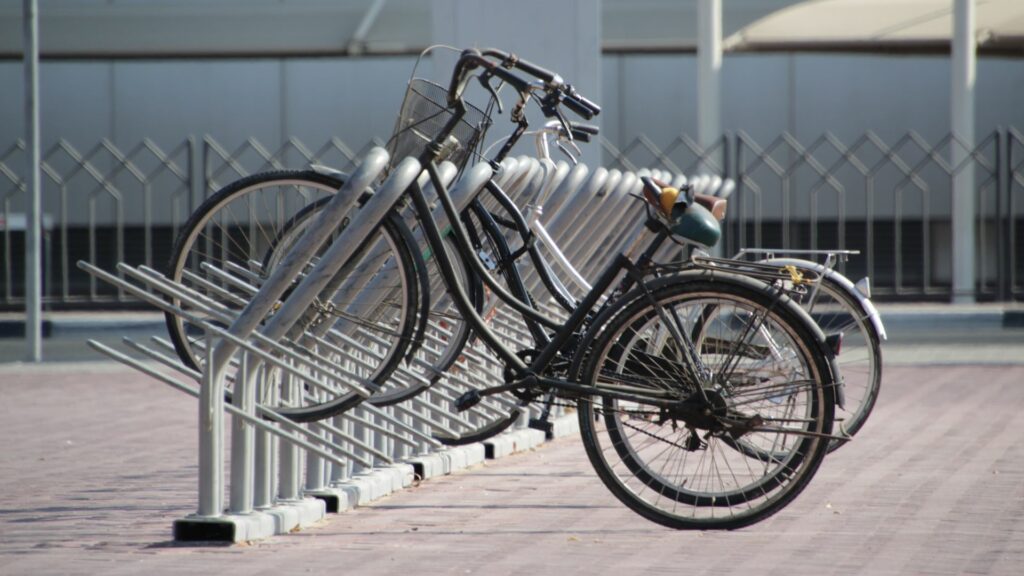
Cyclists are one of the most vulnerable groups on Northern Ireland’s roads
Despite the extra risk that cyclists face on our roads, there are several things that can be done to reduce the risk of accident and/or injury. Even the most seasoned cyclist should do what they can to remain safe each and every time they get on their bicycle.
We have compiled some tips to help you reduce your risk whilst cycling.
Six tips for cycling safely
- Wear a helmet: Wearing a helmet is the single most important thing you can do to protect yourself while riding a bicycle. A helmet can help reduce the risk of serious head injury in the event of a fall or collision. Always make sure your helmet fits properly and is securely fastened.
- Follow the rules of the road: Bicycles are considered vehicles and are subject to the same traffic laws as cars and trucks. This means you need to stop at red lights, yield to pedestrians, and signal before turning or changing lanes. By following the rules of the road, you can help prevent collisions and keep yourself and others safe.
- Use hand signals: In addition to following the rules of the road, it’s important to let other road users know what you’re doing. Use hand signals to indicate when you’re turning or changing lanes. This will help other drivers, pedestrians, and cyclists predict your movements and avoid collisions.
- Stay visible: Wear bright, reflective clothing and use lights on your bicycle to make yourself more visible to other road users. During the day, a white front light and a red rear light can help you stand out. At night, use a steady headlight and flashing taillight to help others see you from a distance.
- Inspect your bicycle: Before you cycle, make sure your bicycle is in good working order. Check the tires to ensure they’re properly inflated, the brakes to make sure they work, and the chain to ensure it’s not too loose or too tight. If you’re not sure how to check your bicycle, take it to a local bike shop for a tune-up.
- Be prepared: Always carry a spare inner tube, a patch kit, and a tire pump in case you get a flat tire. Bring water and snacks to keep yourself hydrated and energized on longer rides. And make sure your phone is charged so you can call for help if you need it. By being prepared, you can stay safe and enjoy your journey.
Although this advice will reduce your risk of an accident and/or injury, unfortunately, accidents still happen sometimes. The majority of cycling accidents are caused by the carelessness of other road users. If another road user injures you, you might have legal recourse.
We are cycling accident claims experts
If you were involved in a cycling accident and it was the fault of another, we can help. Visit Cycling Accident Claims to learn more about our services or Contact Us for a free initial consultation with a personal injury expert.


